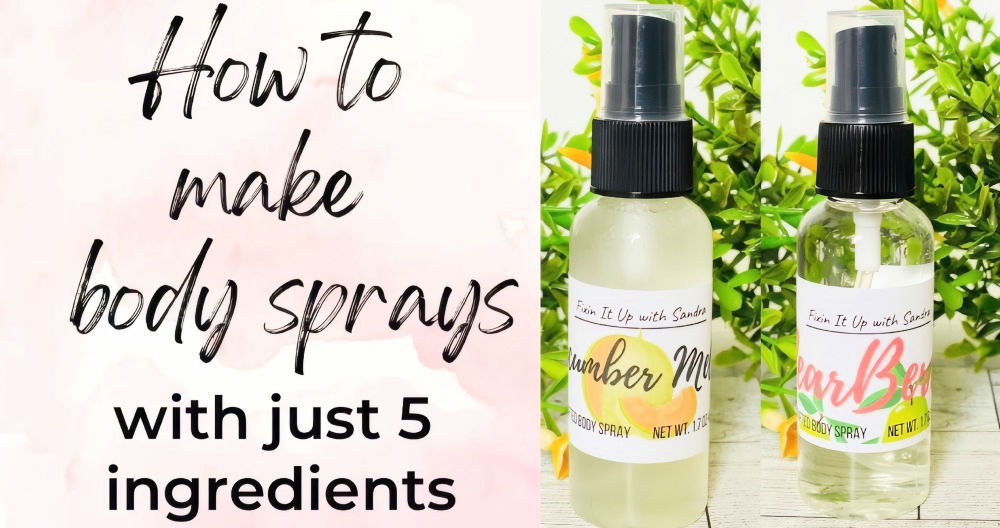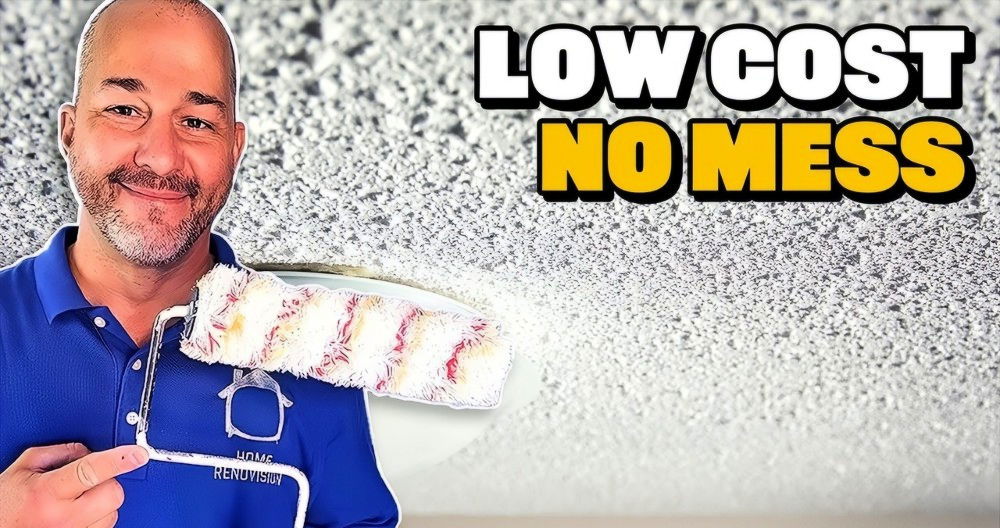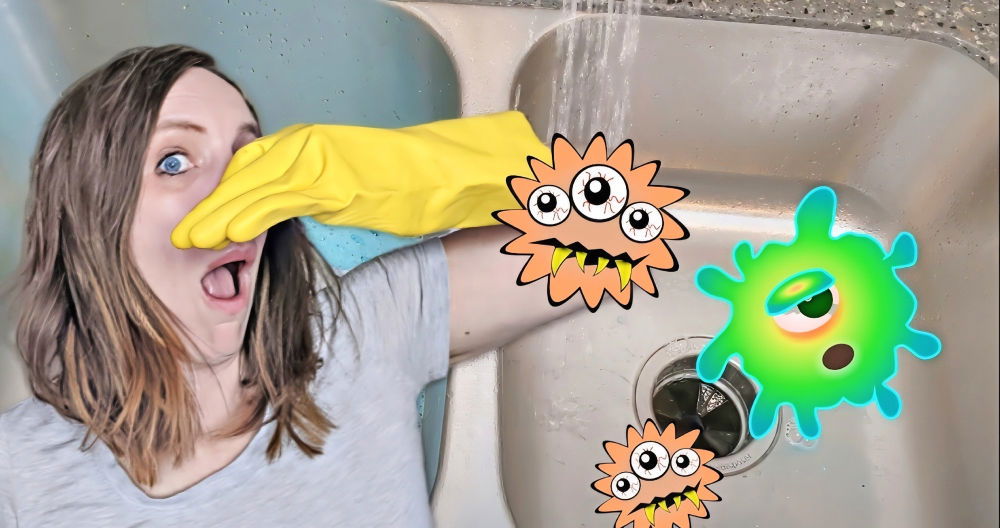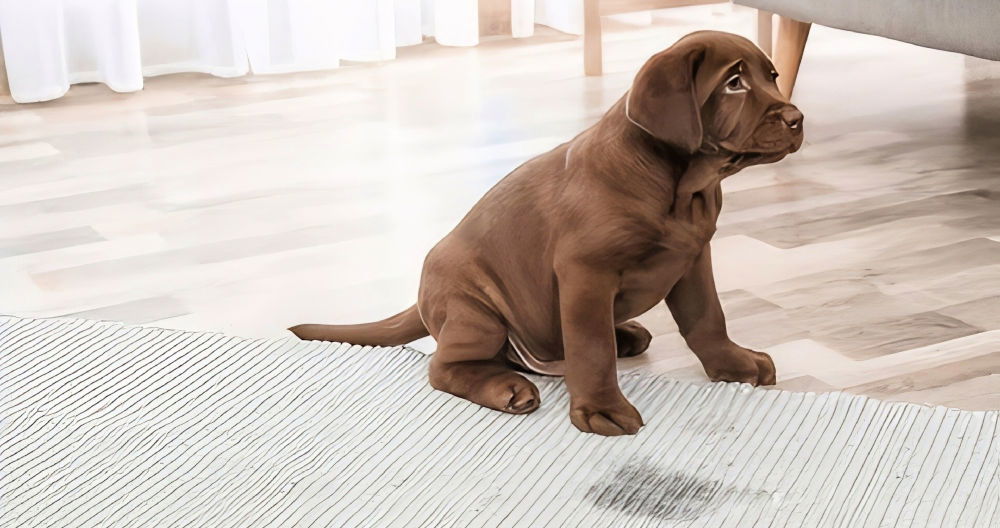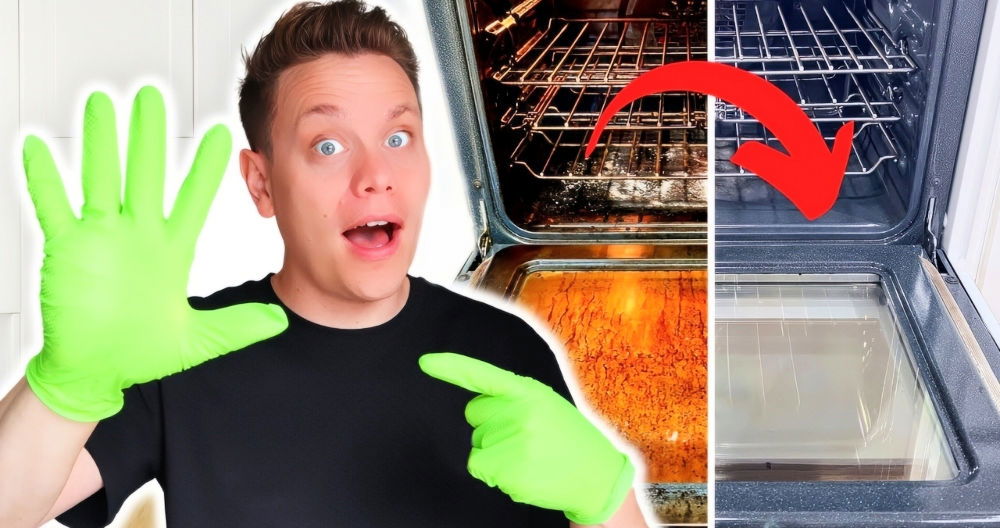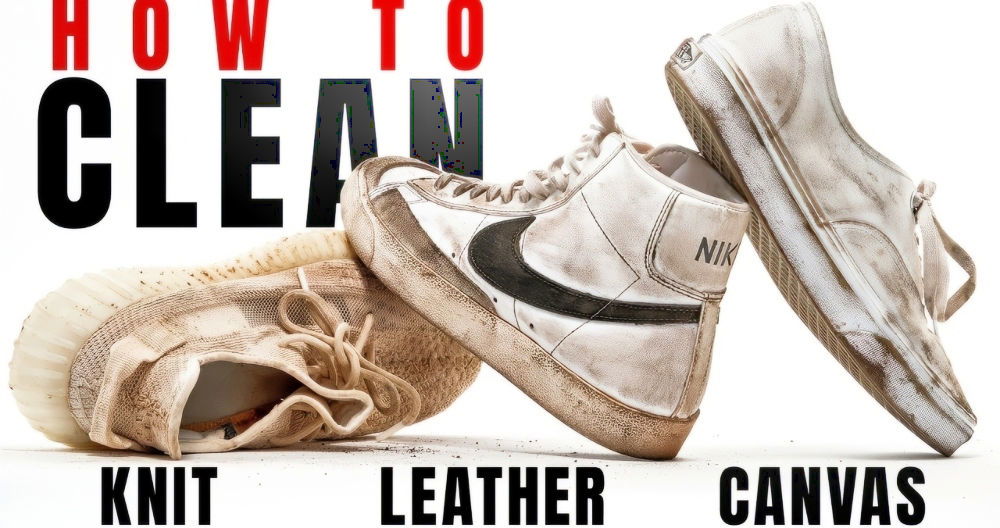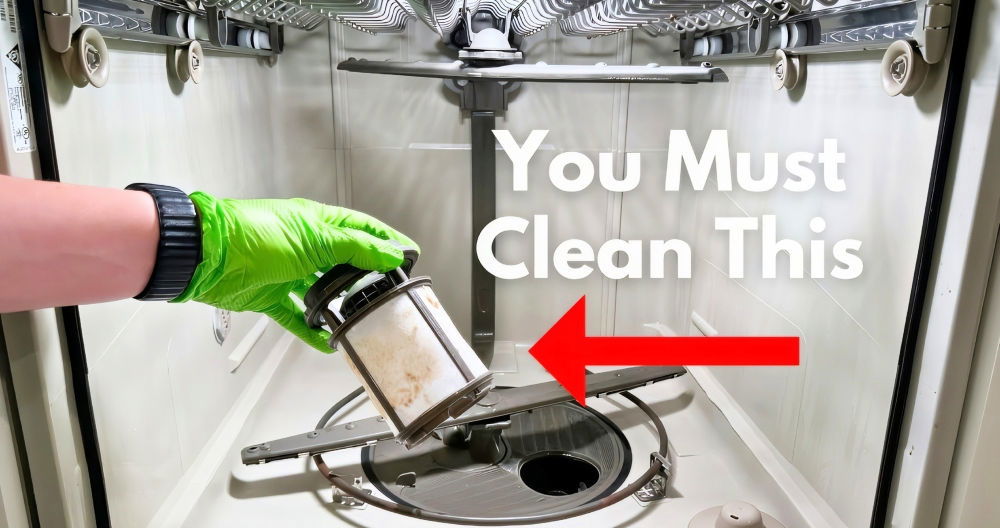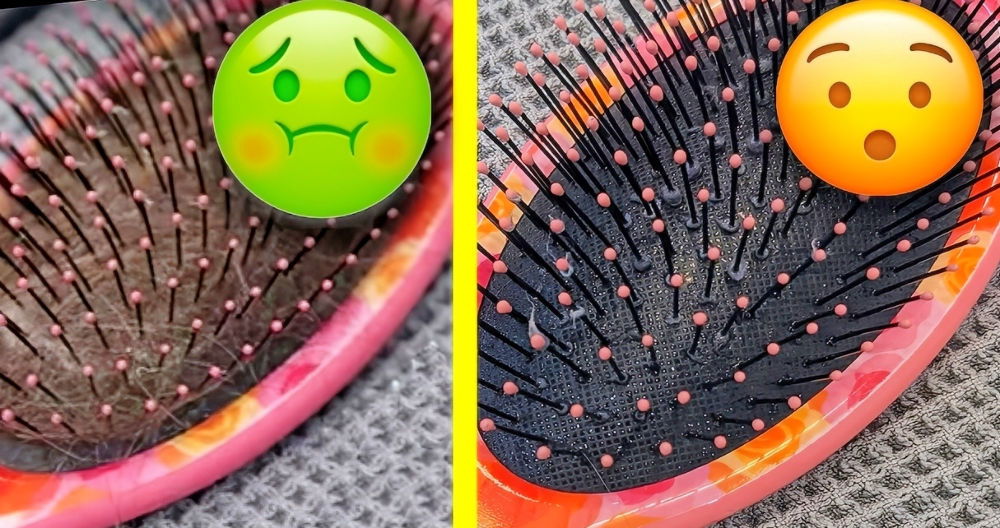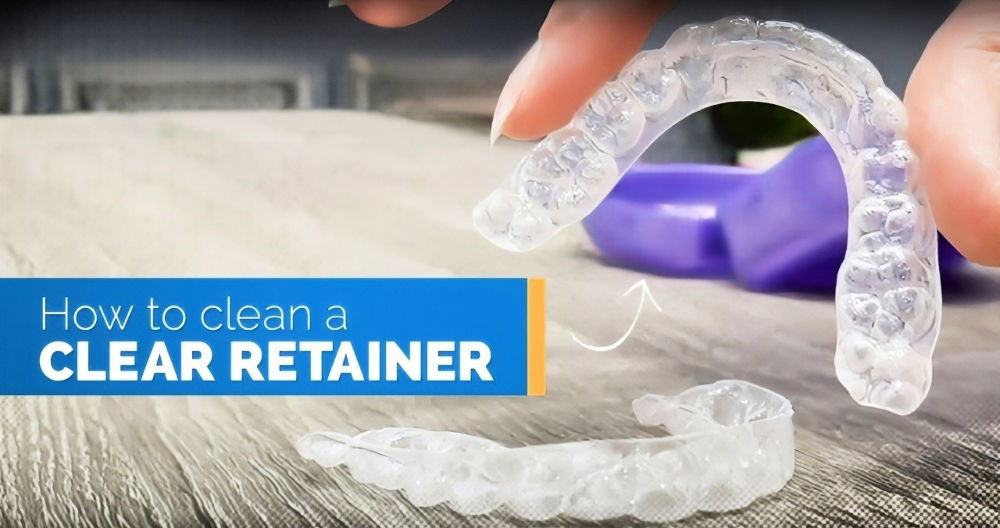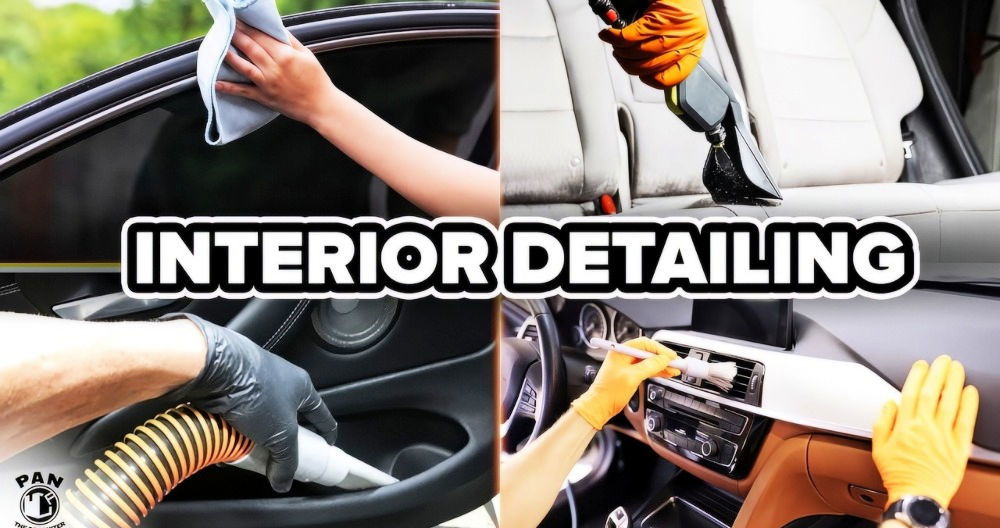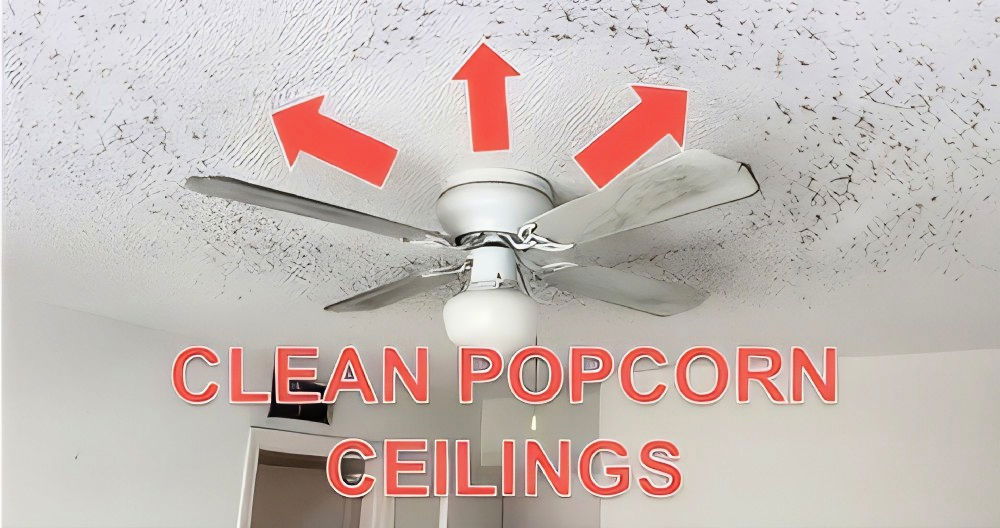Rugs are an essential part of home décor, adding warmth, style, and comfort to your living spaces. Over time, they can become dirty, stained, and full of dust. However, the good news is that you don't need professional equipment to clean your rug effectively. In this guide, we will take you through each step of how to clean a rug at home using basic tools and products you can easily find in stores. By the end, you will have a clear understanding of how to keep your rugs looking their best without breaking the bank.
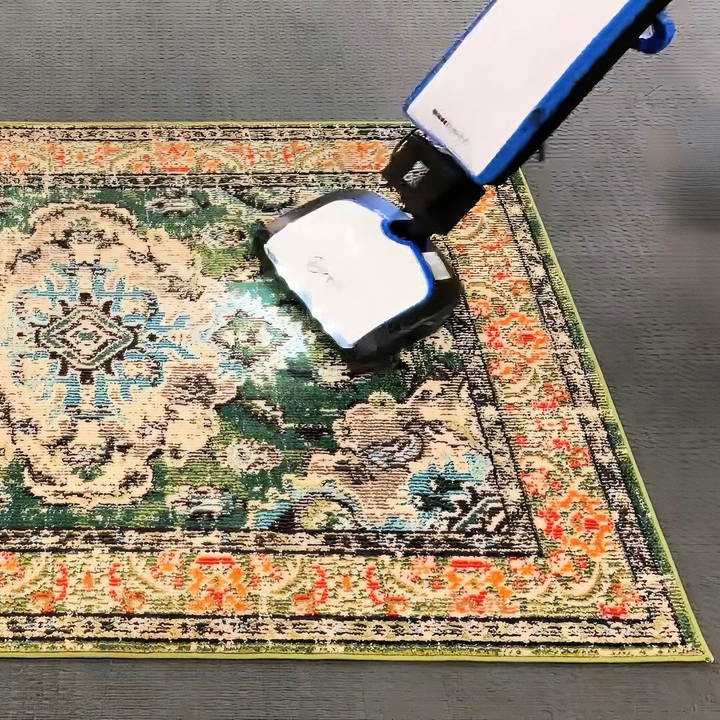
Why Clean Your Rug?
Before we dive into the step-by-step process, it's important to understand why regular rug cleaning is essential:
- Health Benefits: Rugs can harbor allergens such as dust, dirt, and pet dander, which can trigger allergies and respiratory issues.
- Longevity: Proper cleaning maintains the quality of the rug, preventing wear and tear, and extending its life.
- Appearance: A clean rug looks more vibrant, making your living space feel fresh and inviting.
- Odor Control: Over time, rugs can absorb odors from pets, spills, and general household use. Cleaning helps eliminate unpleasant smells.
Now, let's get started with the process of cleaning your rug at home.
Step by Step Instructions
Learn how to clean a rug with our step-by-step guide. From vacuuming to drying, discover effective tips for spotless, vibrant rugs.
Step 1: Vacuum Thoroughly
The first and most important step in cleaning a rug is vacuuming. Vacuuming removes loose dirt, dust, and debris from both the surface and deeper fibers of the rug.
How to Do It:
- Vacuum Both Sides: Start by vacuuming the top of the rug in a 360-degree pattern to ensure you capture dirt from all angles. If the rug has long or high-pile fibers (like a shag rug), vacuuming in different directions ensures the fibers are fully cleaned.
- Don't Forget the Bottom: Flip the rug over and vacuum the underside as well. Dirt can accumulate on both sides, especially if the rug is on a hard floor.
- Repeat: For the best results, vacuum the rug two or three times before moving on to the next step.
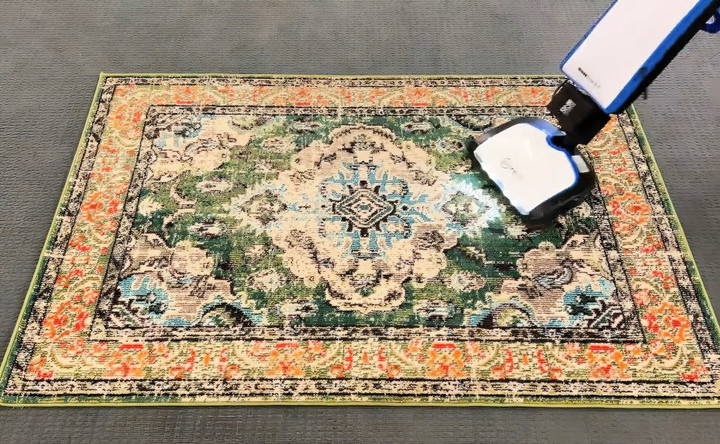
Why is this step crucial? Vacuuming removes dry soil that would otherwise turn into mud when water is introduced. The cleaner the rug is before you apply water or cleaning solutions, the easier it will be to remove stains and dirt later.
Step 2: Pretreat the Rug
After vacuuming, it's time to pretreat the rug with a cleaning solution. Pretreating helps to loosen dirt and stains, making the final cleaning process more effective.
What You'll Need:
- A pump-up sprayer (like a garden sprayer)
- An area rug cleaner (such as Zep's Area Rug Cleaner)
- Warm water
How to Do It:
- Mix the Solution: In your sprayer, mix the area rug cleaner with warm water according to the product's instructions. Avoid mixing soap directly in your cleaning machine's tank, as this can leave residue behind on your rug.
- Spray the Rug: Evenly spray the cleaning solution across the entire surface of the rug, ensuring it covers all areas that need cleaning.
- Dwell Time: Let the cleaner sit on the rug for 10-15 minutes. This allows the solution to break down stains and dirt before scrubbing or rinsing.
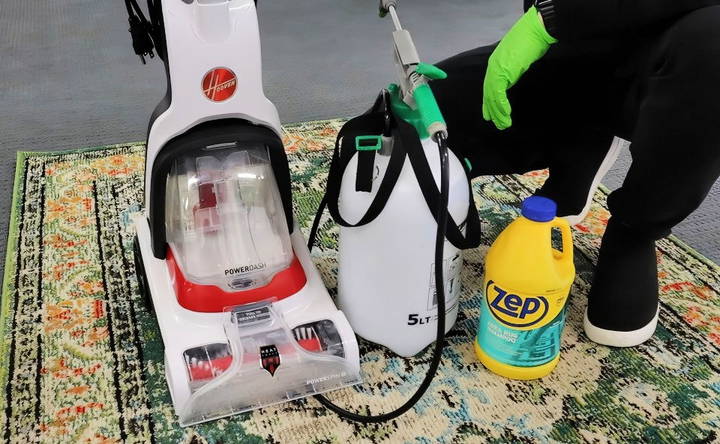
Pro Tip: Dwell Time
The key to an effective pretreatment is giving the cleaner time to work. Spraying the rug and immediately washing it doesn't allow the solution to fully break down the dirt. Be patient and give the solution enough time to loosen the debris.
Step 3: Gently Scrub the Rug
After pretreating the rug, gently scrubbing it helps to agitate the fibers and further loosen the dirt.
What You'll Need:
- A soft-bristle brush
How to Do It:
- Brush Gently: Using a soft-bristle brush, gently scrub the rug in circular motions. Be careful not to scrub too hard, especially if your rug has delicate fibers or patterns.
- Focus on Stains: Pay extra attention to areas with visible stains, giving them a little more effort as you scrub.
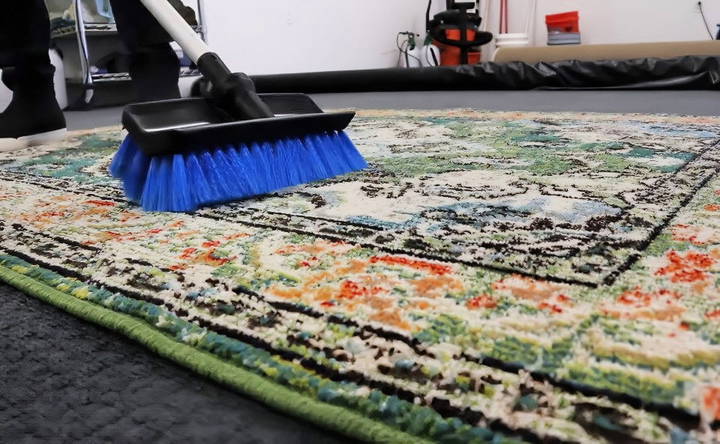
Why use a soft brush? Aggressive scrubbing can damage the fibers of the rug, leading to fraying or wearing down. A soft brush agitates the dirt without harming the rug's material.
Step 4: Clean and Extract the Water
Now that the rug is pretreated and scrubbed, it's time for the actual cleaning. You have a couple of options here depending on the equipment you have available.
Option 1: Carpet Cleaner (e.g., Hoover Power Dash Plus)
If you have access to a carpet cleaner, this is a great tool for cleaning and extracting water from your rug.
How to Use a Carpet Cleaner:
- Fill with Water Only: Use warm water in the carpet cleaner's tank. Avoid adding any soap or cleaning solution to the tank to prevent leaving residue on the rug.
- Control the Water Flow: Most carpet cleaners have a trigger that controls water flow. Only press the trigger while pushing the cleaner forward. As you pull back, release the trigger to start extracting the water.
- Multiple Passes: Go over the rug twice or until the water being extracted starts to run clear. This ensures you've removed as much dirt and cleaning solution as possible.
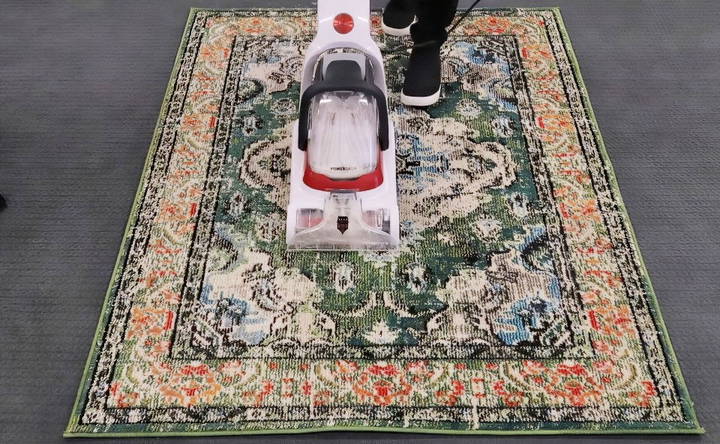
Option 2: Power Washer or Garden Hose
If you don't have a carpet cleaner, a power washer or garden hose can do the job. This method is particularly good for synthetic rugs.
How to Use a Power Washer:
- After pretreating and scrubbing, use a power washer to rinse the rug thoroughly. Make sure you use moderate pressure to avoid damaging the fibers.
- Once the rug is rinsed, use a squeegee to push out excess water.
Important Note: Rug Material
Synthetic rugs can handle power washing or hosing down, but be careful with wool or delicate fibers. Wool rugs are more challenging to clean and can be damaged by excess water or improper cleaning techniques. For wool rugs, it's best to call a professional.
Step 5: Dry the Rug Quickly
Getting your rug dry as quickly as possible is critical to avoid mildew and mold growth. The longer a rug stays wet, the higher the risk.
What You'll Need:
- Fans (box fan or snail fan)
- Squeegee (optional, for removing excess water)
How to Do It:
- Remove Excess Water: If you used a garden hose or power washer, use a squeegee to push as much water out of the rug as possible.
- Airflow is Key: Set up fans to blow air across the rug's surface. Good airflow helps speed up evaporation, which dries the rug faster. Make sure the rug is in a well-ventilated area, or if possible, hang it outside.
- Flip and Rotate: If the rug is drying on a flat surface, flip it after a few hours to ensure both sides dry evenly.
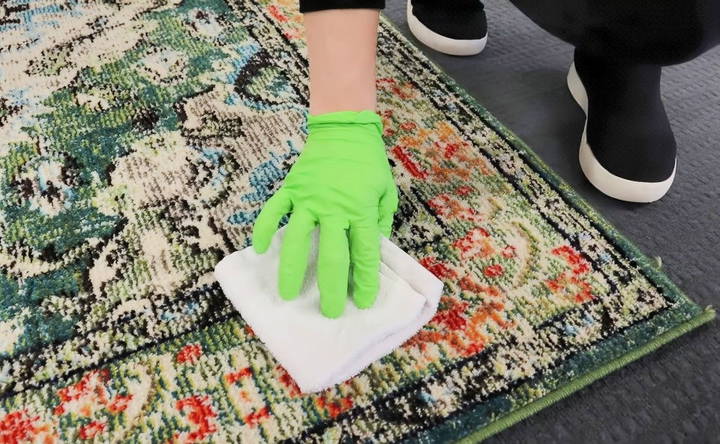
Drying time can vary depending on the size and thickness of the rug. It's important to make sure the rug is completely dry before placing it back on the floor, as any lingering moisture can cause odors or damage to your flooring.
How to Tell if Your Rug is Clean
Even after the cleaning process, you might wonder how to know if your rug is truly clean. Here's how you can check:
- Check the Water: When extracting water with a machine, look at the water being pulled from the rug. If it starts running clear, you're in good shape. It's normal for the water to remain slightly dirty, but it should significantly improve as you clean.
- The Towel Test: Grab a clean white towel and rub it across the surface of the rug. If the towel stays clean, your rug is likely clean. If you see dirt or stains, consider repeating the process.
Conclusion: Maintaining a Clean Rug
Cleaning a rug at home is an effective way to maintain its appearance and longevity without needing professional services. By vacuuming regularly, pretreating stains, and using readily available tools, you can keep your rugs fresh and clean.
To avoid buildup in the future, make cleaning a regular routine. Try to vacuum your rugs weekly and deep clean them at least once or twice a year, depending on foot traffic and usage. Regular cleaning ensures your rugs stay vibrant, free of allergens, and in great condition for years to come.
Now that you know how to clean your rug like a pro—without professional equipment—you can tackle your home cleaning projects with confidence!
FAQs About Cleaning a Rug at Home
Discover expert tips and answers to FAQs about cleaning a rug at home, ensuring freshness and durability for all types of rugs.
To clean a rug in an apartment, place a plastic tarp underneath the rug to protect hardwood floors. Use a spray-on carpet foam cleaner or follow a method that requires minimal water. After cleaning, dry the rug quickly with a fan to prevent moisture from seeping into the floors.
Yes, a shop vac can be used to extract water after cleaning. It won’t be as efficient as a carpet cleaner but can help remove moisture from the rug, especially when combined with a squeegee to push out excess water.
Yes, if the rug is very dirty, clean the backside as well. Start by vacuuming, then pretreat and scrub the back. Make sure both sides dry completely to avoid mildew or mold.
Cleaning wool rugs is trickier than synthetic rugs. Wool can be sensitive to water and harsh cleaning solutions. It's recommended to seek professional help for valuable or delicate wool rugs like Persian or Oriental ones.
For pet stains, pretreat the affected area with a pet-specific cleaner, then follow the usual cleaning method. If the odor persists, a deep clean with an enzymatic cleaner can help break down the proteins causing the smell.
Rugs should be vacuumed weekly and deep cleaned at least once or twice a year, depending on foot traffic and usage. For households with pets or allergies, more frequent cleaning is recommended.
Yes, drying your rug outside is possible but be cautious of weather conditions. Avoid drying in direct sunlight for long periods, as this could cause colors to fade, especially in delicate or wool rugs. Drying in mild temperatures with low humidity is ideal.
If odors persist, especially from pet accidents, try a mixture of vinegar and water to neutralize the smell. Make sure the rug is thoroughly dried, as lingering moisture can trap odors. If the issue remains, consider professional cleaning.
Avoid using strong chemicals or mixing solutions directly in a carpet cleaner, as this can leave residue. For synthetic rugs, a gentle rug shampoo works best. Always check if your rug's material requires specific care, especially if it's wool or silk.
You can use a pressure washer for synthetic rugs, but be careful not to damage the fibers with high pressure. Wool and delicate rugs should not be cleaned with a pressure washer. Always ensure you dry the rug quickly and thoroughly to prevent mold.


